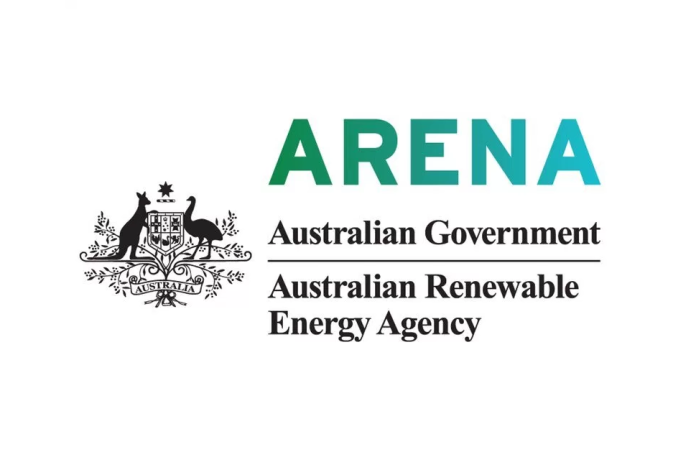
Australian mining business Centennial Coal is investigating the possibility of turning an old underground coal mine at Lake Macquarie in NSW into a pumped hydro energy site to power households and businesses across the state.
Centennial Coal, the Australian Renewable Energy Agency (ARENA) and the New South Wales Government will jointly fund a new technical feasibility study and pilot trial that will look at transforming the mothballed coal mine at Lake Macquarie into a source of reliable renewable energy to power households and businesses across New South Wales.
Centennial’s Executive General Manager External Relations, Katie Brassil, said the site has a number of existing features that would lower the cost of repurposing the facility for pumped hydro, including a reservoir, a grid connection and available water sources.
“This project will explore the potential to utilise our existing assets of land, geographic proximity to infrastructure, gas and underground mining voids to provide large scale energy storage and dispatchable generation in the future,” she said.
Minister for Energy and Emissions Reduction Angus Taylor said the $13 million trial could potentially lead to the repurposing of other retired sites, giving them a second life as clean and dispatchable sources of renewable energy and providing ongoing jobs for regional communities.
“The Government is focused on getting the best energy outcomes for Australian households and businesses, and this requires new dispatchable sources of generation like gas and pumped hydro to complement intermittent renewables,” Minster Taylor said.
“This study will give us a better understanding of the commercial advantages that underground pumped hydro energy storage provides.
“By repurposing old sites and taking advantage of the features at those facilities, we can bring more clean energy projects online that bring down emissions and deliver the secure and reliable power Australians need.”
ARENA CEO Darren Miller said the proposed 600 MW plant – if feasible – would employ nearly 1000 people during construction and a further 50 people in ongoing operational roles.
“Through Centennial’s study we aim to discover the factors that could lead to broad commercialisation uptake in repurposing brownfield sites and giving them a second life as energy storage facilities to support the growing share of renewable energy in our system,” Mr Miller added.
“On top of potentially lower construction costs by using the site, there would be future employment opportunities in the construction and operation of a PHES scheme.”



















